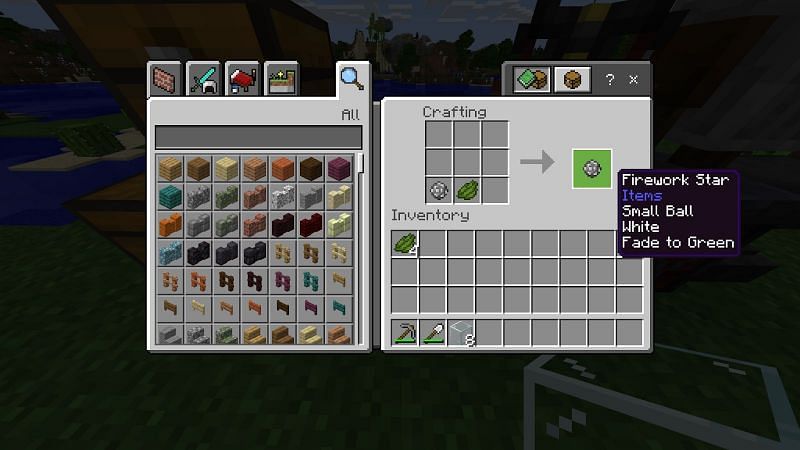Table of Content
Always do a strand test before dyeing all of your hair at once. By washing your hair with shampoo every other day at most, you’ll maintain color in your hair longer. Shampoo and conditioner for color-treated hair is usually gentler than regular shampoo. Dye can dry out your hair, and color-preserving shampoo and conditioner often have vitamin A and vitamin E to help lock in moisture. Clip back all the sections except for 1 top section near your face.

Make sure that all the mechanisms work as they should, before you purchase it. One little trick we want to share with you is that bread will stay flavorful and fresh for a long time if you place a slice of apple in the container where it is stored. Sweats, t-shirts, blankets, shoes, jeans… you name it! But since I’m all about being cozy right now, whipping up a cute tie dye sleepwear set was first on my list. I don’t know about you, but I haven’t put jeans on in a solid month. I like to change into something I haven’t slept in, that’s got more of a loungewear vibe.
Turmeric = Yellow to Orange
Avoid washing your hair for at least 24 hours after dip-dyeing. Washing your hair within 24 hours of dyeing will make the color fade faster. Wrap your hair into a turban with a dark-colored towel before drying it. Use a dark-colored towel or one that is darker than the color of the dye (e.g., if the dye is light blue, use a navy towel). Keep the towel on for about 5 minutes before drying your hair either with a hair dryer or by air. Wear a black or old shirt and apply oil to protect your skin from staining.

The extraction process is the most commonly used and the most expensive. The color is obtained by solventing the plant material with dichloromethane. It takes a lot of time to produce low-quality dyes as a result of this process. The water is used to extract the color from the plant material through an aqueous extraction process.
Vibrant tie-dye swirls are difficult with natural dyes
Allow the bleach to sit on the fabric for 8-10 minutes. Starting on one edge make a lengthwise fold, then make a similar fold on the other edge and continue folding. Make sure you’re alternating sides when you end up with an accordion-like shape.

Natural dyes are an important part of many cultures’ cultural heritage. They are frequently found in traditional clothing and art. You can dye both green and yellow with the help of Rubber Bunnybrush. The bark produces green dye, whereas the flowers produce yellow dye. Herbaceous green dye can be created with stinging nettle.
How to Make Natural Fabric Dyes
The vast majority of dyeing plants have used synthetic dyes without regard for their effluents, and effluents generated during the dyeing process have not been treated. At Erode and other places, dye houses have injected lethal chemicals into the water table in large quantities. Forest biomass can be used to make dye for cottage scale, which can lead to job creation in the area. Raw materials cost between Rs.2 and Rs.40 per kg, depending on the materials used for isolation and the location of the dyes required.
There are many ways of folding and tying the fabrics for tie-dye, from simple to very complex ones. The easiest way is to scrunch, fold or clamp the garment and secure with bands. You can also stitch a more intricate design with needle and thread.
Can tie dye come out of clothes?
It is a science to discover the colors that can be found in nature. Because we are so busy with our lives these days, we have no time to go outside and enjoy nature. We sometimes forget how much nature means to us when we forget that it can be so beneficial. The Eri Silk Collection, in addition to our naturally dyed products, demonstrates how natural dyes look when applied to shawls. Indigoids are an unusually small molecule that in some cases yields a stable blue color during a vat process. The dyes produced by shellfish, purpura, and murex are two more naturally occurring indigoid species.
You can easily make natural dyes at home using a few basic fruit and vegetables – it’s a fun activity for kids and involves a little science, too. These natural colours can be used to dye any white fabric, such as socks, t-shirts, scrunchies or wool, or colourful decorated eggs at Easter. "Protein or animal fibers have a different structure that allows them to receive more natural dye than plant or cellulose fibers," Spencer explains.
Natural dyes derived from lichens and mushrooms can be used to create violet and purple hues. I started with the yellow dye, which—based on my folding—would place the yellow “line” at the centre of the t-shirt. Then, respecting the rubber bands, I left the next section blank and filled in the third with the pink dye. Then, I left another blank space before filling the final section with aquamarine. Carefully flip your t-shirt tube over on the rack and fill out the same spaces with the same colours on the other side.
They have everything you need to make headway into the world of fibre-reactive and acid dyes. One of the reasons I like RIT is because they have, essentially, a formula cookbook to make a thousand different shades using their all-purpose dyes. They’re also non-toxic, which means you can safely pour your excess dye down the drain. Lois Wade has 45 years of experience in crafts including sewing, crochet, needlepoint, cross-stitch, drawing, and paper crafts. She has been contributing to craft articles on wikiHow since 2007. Add the ingredients to a saucepan and pour in two cups of water.

No comments:
Post a Comment